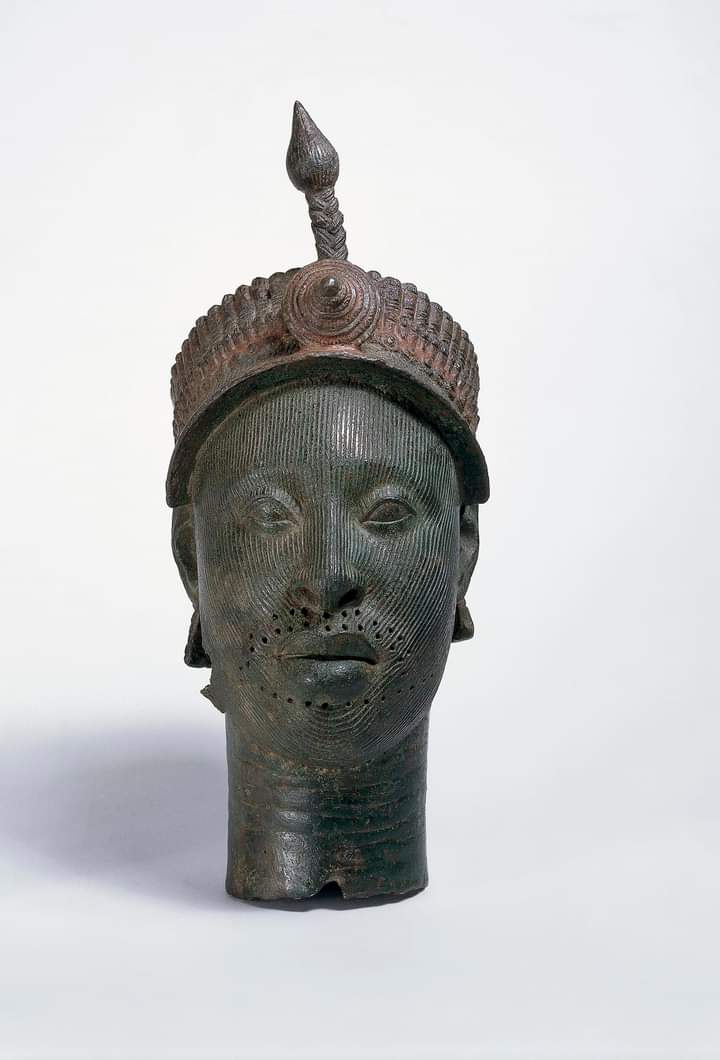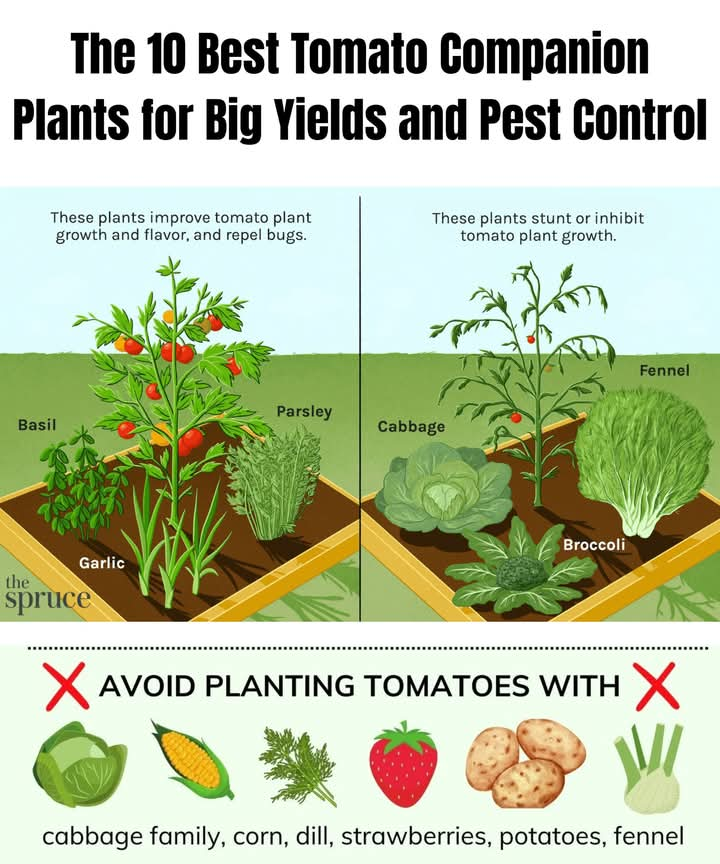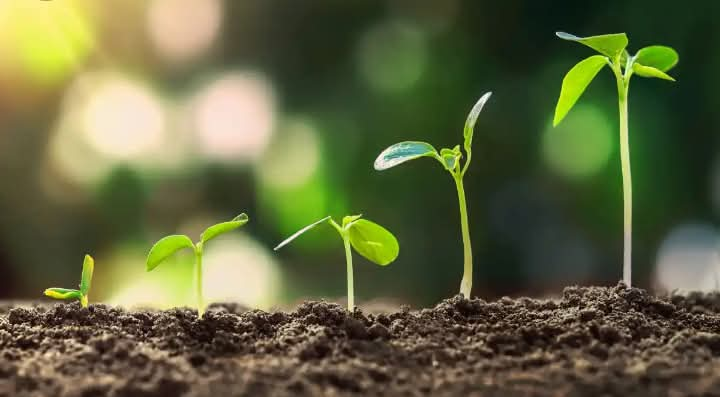FLOWERING PLANTS AND NON-FLOWERING PLANTS
FLOWERING PLANTS AND NON-FLOWERING PLANTS
FLOWERING PLANTS
The flowering plants are called ANGIOSPERMS. The angiosperms have their seed enclosed in a fruit. They are classified by their flowers and seeded fruits. The flowering organs of an angiosperm are specially modified to enhance evolutionary advantage. Thus, they become distinct from other seed plants. Flowering plants produce flowers which ensure the fertilization process. The male and female gametophytes of flowering plants are much reduced. This allow for more rapid pollination. After pollination and fertilization, the embryo develops into a fruit containing seeds.
NON-FLOWERING PLANTS
Non-flowering plants do not produce flowers, fruit or seeds. They usually reproduce through spores. They are called GYMNOSPERMS AND CRYPTOGAMS. However, gymnosperms are a seed-bearing group of plants. They have unenclosed or naked seeds that often produce cones. E.g Conifers and Ginkgo. The life-cycle of gymnosperms are sporophyte-dominant, and their gametophytic stage is short-lived.
DIFFERENCE BETWEEN FLOWERING AND NON-FLOWERING PLANTS
FLOWERING PLANTS
1.They are commonly
known as angiosperms .
2.They have seeds
and flowers.
3.They are highly
evolved with true
roots, leaves and
stems.
4. Examples – Orchids,
Grasses, Sedges.
NON-FLOWERING PLANTS
1. They include the cryptogams
and the gymnosperms.
2. They do not produce seeds
and flowers except for gymnosperms, which are seed -bearing.
3.Most of the non-flowering
plants do not have true
roots, leaves or stems.
4. Examples – Mosses, Ferns,
Conifers.




